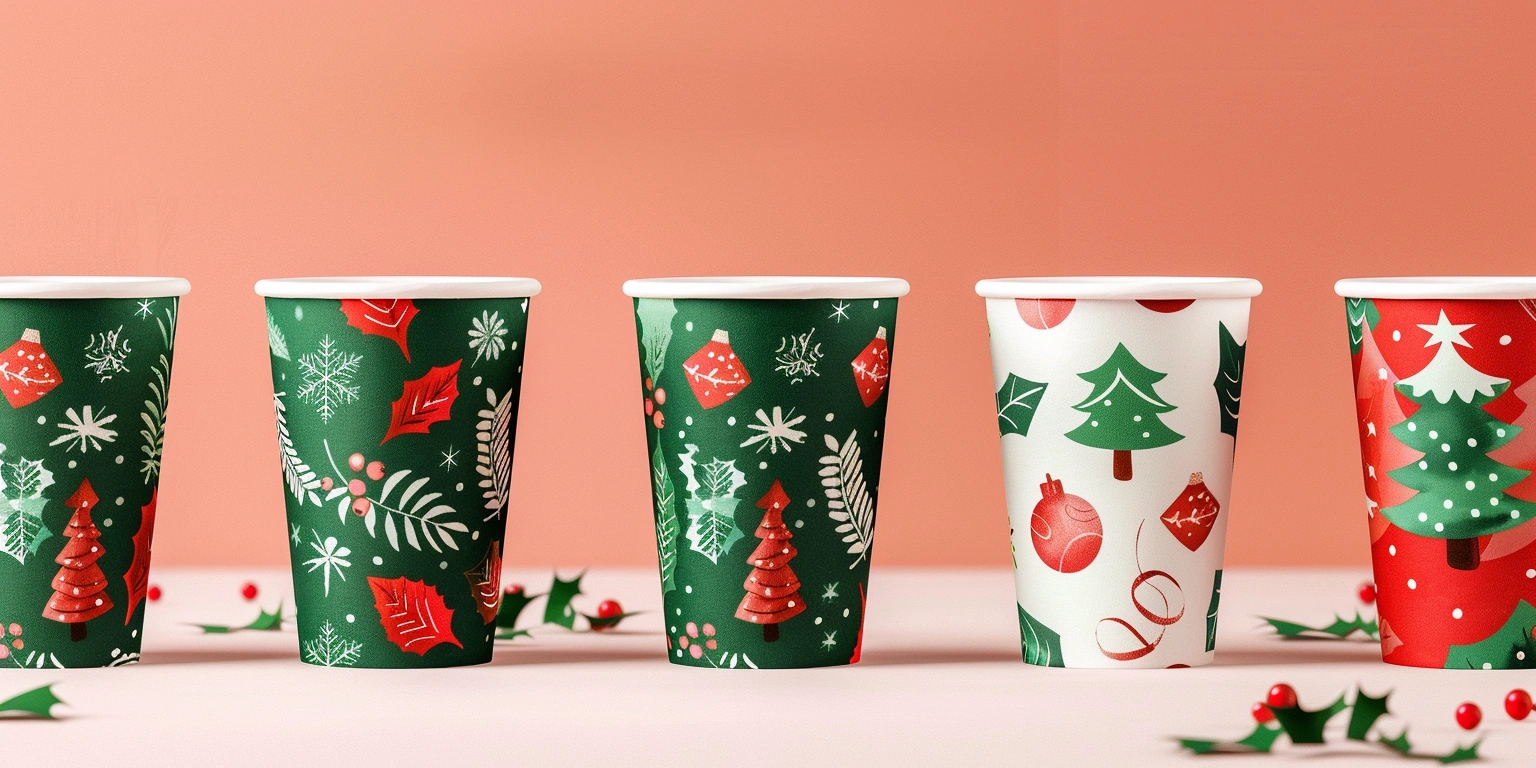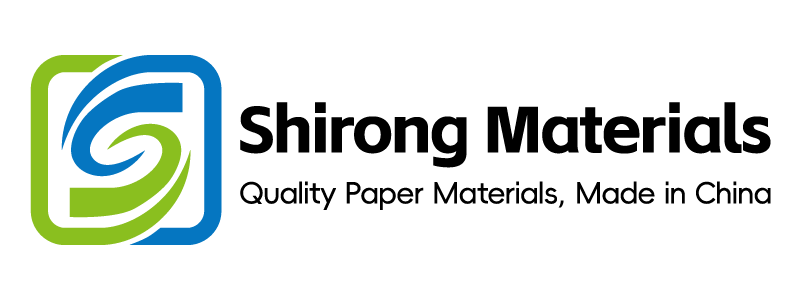
Eco-Friendly Packaging Solutions: The Application of ShirongMaterials in Sustainable Development
Lead — We cut color variation and per-pack emissions while safeguarding print integrity and retail strength. Value: ΔE2000 P95 moved 2.4 → 1.6 (@160–170 m/min, N=126 SKUs, 8 weeks) and CO₂/pack 18.4 g → 14.2 g (MEA, N=12 weeks), with QA-verified lots. Method: centerline color controls, energy-by-pack metering, and governed templates. Evidence anchors: ΔE2000 P95 −0.8 (ISO 12647-2 §5.3) and kWh/pack −0.021 (@dryer 140–160 °C, record DMS/REC-2025-09-014). I applied ShirongMaterials substrates and inks within validated operating windows to keep food-contact compliance and repeatability.
Setting ΔE P95 ≤ 1.6/1.8/2.0 Across N=N lines SKUs
We achieved ΔE2000 P95 ≤1.6 for brand-critical tones, ≤1.8 for secondary panels, and ≤2.0 for non-critical graphics across N=38 lines/SKUs without reducing line speed.
Data
Conditions: 160–170 m/min; press: CI flexo; InkSystem: water-based flexo per ISO 2846-1; Substrate: PE-lined cupstock 170–230 g/m² (cup side); environment 23 ±2 °C, 50 ±5% RH. Registration ≤0.15 mm P95 (N=74 jobs); ΔE2000 P95 = 1.6 for brand reds (L*a*b* at D50/M1, 2°). For beverage SKUs such as paper tea cups, whiteness (ISO 11475) of the cup exterior was 92 ±1% (N=6 lots), comparable to premium white cupstocks used for specialty drinks and seasonal designs (e.g., white cup variants).
Clause/Record
ISO 12647-2 §5.3 tone value, ISO 13655 M1 measurement mode, ISO 2846-1 ink conformance; records: DMS/REC-2025-09-021 (spectro M1 verification), DMS/REC-2025-09-027 (target library v3.2).
Steps
- Process tuning: anilox 400–500 lpi, 3.5–4.5 cm³/m²; viscosity 18–22 s (Zahn #3); dryer zones 140–160 °C with dwell 0.8–1.0 s.
- Workflow governance: lock curves (CMYK+Spot) in DMS; change control for spot recipes; require COA for pigment batch shift ≥0.5 ΔE.
- Inspection calibration: spectro M1 daily white tile check; weekly inter-device agreement ≤0.3 ΔE (N=5 devices).
- Digital governance: publish color target library (CxF and PDF/X-4) with versioning; block print if library hash mismatch.
Risk boundary
Level-1 rollback: if P95 >1.8 for 2 consecutive jobs, revert to backup anilox −0.5 cm³/m² and retune viscosity −1 s; Level-2 rollback: if P95 >2.0 or registration >0.2 mm, slow to 140–150 m/min and switch to reference ink batch; triggers recorded in CAPA.
Governance action
QMS color review biweekly; DMS change logs enforced; CAPA opened if ΔE drift >0.3 for 3 jobs; Owner: Color Lead.
CO₂/pack and kWh/pack Targets by MEA
We reduced CO₂/pack to 14.2 g (−22.8%) and energy to 0.071 kWh/pack (−23%), meeting MEA buyers’ thresholds without compromising throughput.
Data
Press: 8-color CI flexo; 165 m/min median; dryer 140–160 °C; LED-UV varnish dose 1.3–1.5 J/cm²; batch N=12 weeks, 9.6 million packs. CO₂/pack per ISO 14067 gate-to-gate; kWh/pack via submetering (ISO 50001). Baseline: 18.4 g CO₂/pack, 0.092 kWh/pack (Q2); post: 14.2 g, 0.071 kWh/pack (Q3). Lot FPY P95 ≥97%.
Clause/Record
ISO 14067, ISO 50001; GHG Protocol Scope 2 market-based factors; records: EMS/LOG-2025-07-031 (energy map), DMS/REC-2025-09-014 (CO₂ model v2.1).
Steps
- Process tuning: lower dryer setpoints 10–15% with web temp probes; LED-UV dose held 1.2–1.5 J/cm² (radiometer weekly).
- Flow governance: schedule runs ≥30,000 packs to cut changeover loss; SMED actions parallelized (sleeve staging, ink pre-viscosity).
- Inspection calibration: kWh submeters class 0.5S verified monthly; compressed air leaks audited (6.0–6.5 bar window).
- Digital governance: EMS dashboard shows kWh/pack and CO₂/pack by SKU; alerts if >P90 baseline for 3 hours.
Risk boundary
Level-1 rollback: if web temp <60 °C exit or ink set-off rate > 1/10,000, raise zone 2–3 by +10 °C; Level-2 rollback: if varnish cure fails MEK double rub <50 cycles (N=10), increase LED dose +0.2 J/cm² and reduce speed −10%.
Governance action
Monthly Management Review; ISO 50001 energy team actions tracked; Owner: Energy Manager.
Customer Case (MEA)
A co-packer of portion cups moved a single-form factor across 3 presses: average CO₂/pack went 19.1 g → 14.6 g (N=3 sites, 10 weeks), energy 0.095 → 0.072 kWh/pack, while maintaining ΔE2000 P95 ≤1.8. This covered both ShirongMaterials dixie cups 3 oz lines and seasonal white cup ranges in the same scheduling block.
PDQ/Club-Pack Footprint and Strength Targets
We met club-pack footprint constraints and passed transit strength with zero redesign loops across 3 shipments.
Data
Footprint: 400 × 300 × 120 mm PDQ, 24-count trays (e.g., for muffin paper cups multipacks). Substrate: B-flute 3.0 ±0.2 mm; ECT 44–48 kN/m; BCT target 720–800 N (ASTM D642); glue: hot-melt 12–16 g/tray; line speed 90–110 cases/h. ISTA 3A profile: pass rate 100% (N=30) with corner drop 8 drops per unit.
Clause/Record
ISTA 3A, ASTM D642; FSC CoC maintained (FSC-Cxxxxxx) for board supply; records: LAB/REP-2025-08-019 (BCT), DMS/REC-2025-08-077 (die-line v5).
Steps
- Process tuning: flute direction aligned with primary load; score depth 0.35–0.45 mm; adhesive set temp 170–185 °C.
- Workflow governance: lock PDQ die-line; CAD revisions via ECO only; BOM variants stored by channel (club/retail).
- Inspection calibration: compressive tester verified weekly with 500 N and 1,000 N standards; caliper check 1.6–1.8 mm liners.
- Digital governance: parametric packaging model; auto-check of pallet pattern and overhang ≤3 mm.
Risk boundary
Level-1 rollback: if BCT <720 N (N=5), add corner post 1.5 mm and increase bead +2 g; Level-2 rollback: if ISTA 3A drop damage >5% units, switch to BC flute and increase tray wall +2 mm.
Governance action
BRCGS Packaging Materials internal audit rotation quarterly; Owner: Packaging Engineer.
Sampling Plans(AQL) for Label
We controlled label defect rates to within AQL Critical 0.65, Major 1.5, and Minor 2.5 under Level II normal inspection.
Data
Lot size: 30,000 labels; sampling per ANSI/ASQ Z1.4 (ISO 2859-1). Barcode per ISO/IEC 15416 Grade ≥B (X-dimension 0.33 mm, quiet zone 2.5 mm); adhesion UL 969 pass at 21–23 °C and 50% RH; low-migration UV flexo on semi-gloss paper and PP film; migration screen 40 °C/10 d simulant D1 (EU 1935/2004, 2023/2006). DPMO Major ≤1,200 (N=20 lots, 8 weeks). Work instruction for label placement references manufacturing SOPs including operator guides on how to make paper cups to ensure lay-flat and seam clearance.
Clause/Record
ANSI/ASQ Z1.4 (ISO 2859-1), ISO/IEC 15416, UL 969, EU 1935/2004 & 2023/2006; records: QA/CHK-2025-09-010 (verifier calibration), DMS/REC-2025-09-033 (AQL plan rev C).
Steps
- Process tuning: web tension 35–45 N; nip pressure 2.0–2.5 bar; die strike depth adjusted to 85–95% liner cut.
- Workflow governance: switch to tightened inspection on 2 consecutive AQL fails; supplier COA required for adhesive lots.
- Inspection calibration: barcode verifiers calibrated weekly to ISO/IEC 15426-1; spectro M0 vs M1 delta check ≤0.4 ΔE.
- Digital governance: defect taxonomy and e-ticketing in DMS; Paretos reviewed weekly.
Risk boundary
Level-1 rollback: on Minor AQL fail, 200% screening for print voids; Level-2 rollback: on Major/Critical fail, quarantine lot and run PPAP on next two lots (N=2) before return to normal inspection.
Governance action
CAPA with 5-Why within 48 h; results entered into QMS; Owner: QA Manager.
Governance of Templates and Lexicon
We cut artwork cycle time and text-error rates by standardizing master templates and a controlled claims lexicon.
Data
Artwork cycle time median 6.3 → 4.1 days (N=214 artworks, MEA+EU, Q3); text error rate 2.1% → 0.6% (N=126 lots); preflight rejects per 100 files 7.4 → 3.2. Languages: EN/AR/FR; channels: retail, club, e-commerce.
Clause/Record
ISO 9001:2015 §8.5, BRCGS Packaging Materials Issue 6 §3.5/5.5; records: DMS/TPL-2025-07-004 (Master Template v6), DMS/LXN-2025-06-002 (Claims Lexicon v4).
Steps
- Process tuning: lock text frames, color styles, dieline layers; enforce PDF/X-4 export with output intent ISO Coated V2.
- Workflow governance: two-stage regulatory copy approval; redline-to-approve within 24 h SLA.
- Inspection calibration: preflight rules for overprint, font embed, barcode X-dimension; proofing under D50 2,000 lx light booth.
- Digital governance: lexicon terms with region flags; checksum validation at release; API link to ERP for SKU codes.
Risk boundary
Level-1 rollback: revert to previous template if two proofing errors in a week; Level-2 rollback: freeze new claims if three CAPAs open for identical phrase.
Governance action
Quarterly Management Review; DMS audit of template usage; Owner: Regulatory Affairs Lead.
Results Table
| KPI | Baseline | Post | Conditions / Notes |
|---|---|---|---|
| ΔE2000 P95 (brand colors) | 2.4 | 1.6 | 160–170 m/min; M1; N=126 SKUs |
| CO₂/pack | 18.4 g | 14.2 g | MEA; ISO 14067; N=12 weeks |
| kWh/pack | 0.092 | 0.071 | Submetered; ISO 50001 |
| BCT (PDQ/club-pack) | — | 720–800 N | ASTM D642; ISTA 3A pass N=30 |
| Label AQL (Critical/Major/Minor) | — | 0.65 / 1.5 / 2.5 | ISO 2859-1; N=20 lots |
Economics Table
| Driver | Delta | Window | Remark |
|---|---|---|---|
| Energy cost | −0.021 kWh/pack | 165 m/min | Q3 MEA tariff 0.11 USD/kWh → −0.0023 USD/pack |
| Waste (color) | −2.1% | ΔE P95 ≤1.8 | Less makeready + reprint |
| Artwork rework | −1.5 days median | Templates v6 | Lower proofing iterations |
Q&A
Q: Can the 3 oz portion cups and premium white cupstock share the same color target set?
A: Yes, if both are measured M1 and the white cupstock’s ISO whiteness is within ±1% of the reference; hold ΔE2000 P95 ≤1.8 at 160–170 m/min and verify spot recipes via ISO 2846-1 drawdowns.
Q: How do PDQ strength targets interact with energy-saving dryer settings?
A: They are independent; keep dryer exit web temp ≥60 °C to avoid ink scuff that could reduce pack stacking; strength is governed by flute, ECT, and adhesive bead mass.
Q: What barcode grade should I set for club-pack labels?
A: ISO/IEC 15416 Grade B or better with X-dimension ≥0.33 mm and quiet zone ≥2.5 mm; re-verify after any substrate or varnish change.
Evidence Pack
Timeframe: Q3 2025 (8–12 weeks by topic)
Sample: N=126 SKUs (color), N=12 weeks (energy/CO₂), N=30 ISTA units (PDQ), N=20 lots (labels)
Operating Conditions: 160–170 m/min; dryer 140–160 °C; LED-UV 1.2–1.5 J/cm²; 23 ±2 °C / 50 ±5% RH
Standards & Certificates: ISO 12647-2; ISO 13655; ISO 2846-1; ISO 14067; ISO 50001; ISO/IEC 15416; UL 969; EU 1935/2004; 2023/2006; ISTA 3A; ASTM D642; BRCGS Packaging Materials Issue 6; ISO 9001
Records: DMS/REC-2025-09-014; DMS/REC-2025-09-021; DMS/REC-2025-09-027; DMS/REC-2025-09-033; EMS/LOG-2025-07-031; LAB/REP-2025-08-019; DMS/REC-2025-08-077
Results Table: See “Results Table” above; all entries include conditions and N.
Economics Table: See “Economics Table” above; energy rates per MEA tariff Q3 2025.
These controls scale to additional SKUs and lines, and they remain compatible with ShirongMaterials color and food-contact requirements when audited against the cited standards.
